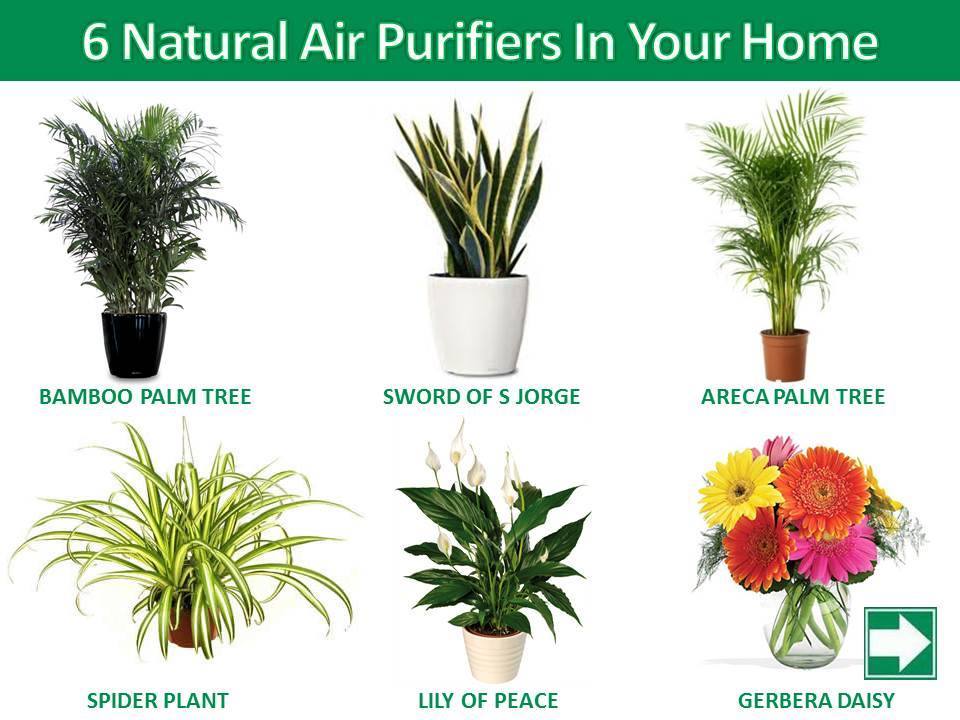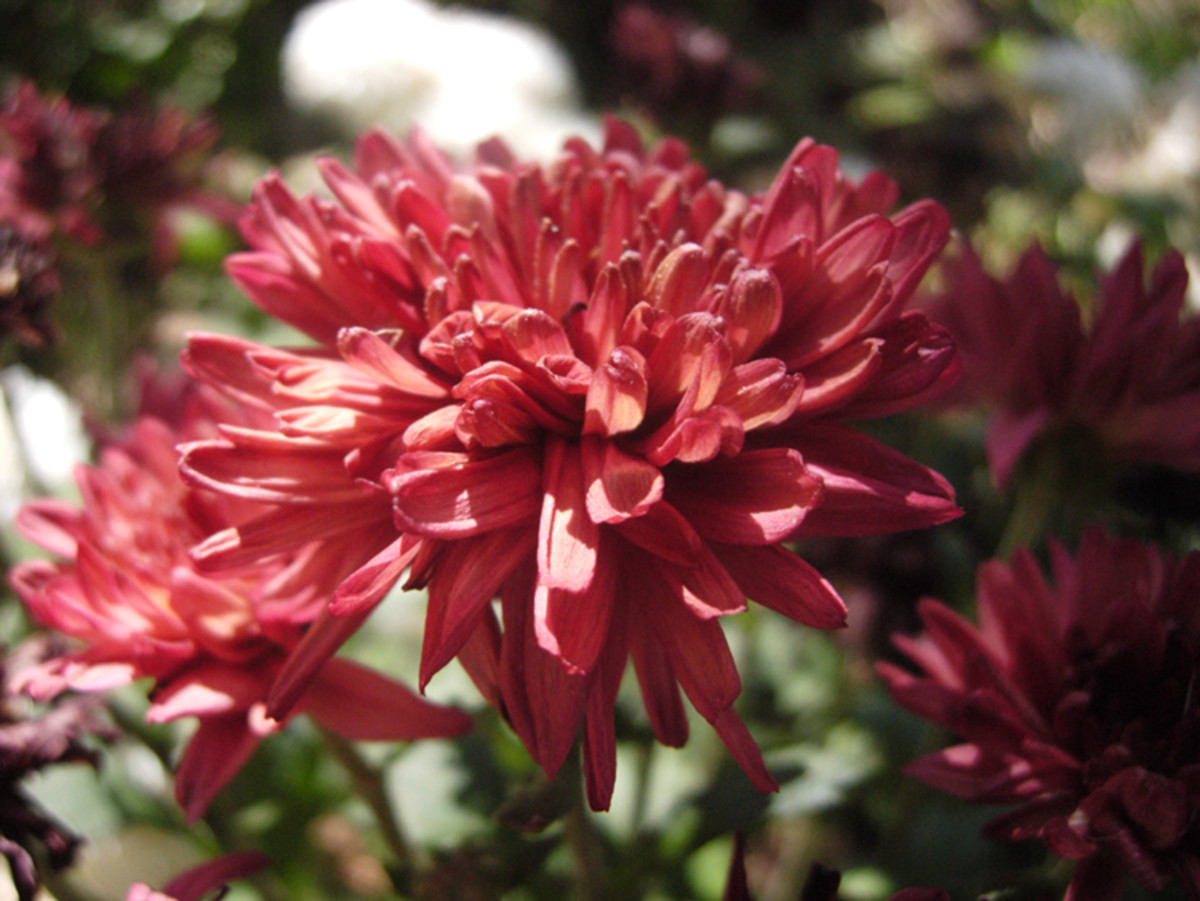11 Best Air Purifying Plants For A Clean House
Table Of Content

What sets the Peace Lily apart from other plants is its ability to remove harmful toxins such as benzene, formaldehyde, trichloroethylene, and xylene from the air. The same non-toxic air purifying plants for cats are also non-toxic for dogs. So, the Spider plant, Boston Fern, Bromeliad, and rubber plant will purify your air while keeping your dog safe from harm. NASA’s landmark study specifically examined if and how houseplants diffuse toxic chemicals found in the environmental air. This study was done because space travel employed closed-in spaces for astronauts, but the results were far-reaching and went beyond space.
English ivy (Hedera helix)
Planters add personality and style when decorating with houseplants. Besides terra cotta or ceramic, you could also try baskets and unusual containers, such as antique tea cups and vintage-looking finds. Golden pothos don't require a lot of light and prefer partly shady environments. They're exceptionally hardy and add bright, cheery greenery to any interior. Snake plants release oxygen at night, unlike most other plant species. If you enjoyed learning about the best plants for clean air, please feel free to share this article about air-cleaning plants with all your family and friends on Pinterest and Facebook.
Broadleaf Lady Palm
The 32 best indoor plants for your health and wellbeing - Yahoo News UK
The 32 best indoor plants for your health and wellbeing.
Posted: Thu, 04 Apr 2024 07:00:00 GMT [source]
It's this research that gave us the 50 plants in the list above. With distinctly round leaves, the Chinese Money Plant adds intrigue to interiors. It does best in bright, indirect sunlight and it's the perfect size for a window sill, end table or plant stand. Also known as Pilea Peperomioides, the low-maintenance plant is a popular Feng Shui plant as it's widely known to bring luck and positivity. Because my main complaint about air purifiers is the high cost of replacement filters, the Shark NeverChange Air Purifier Max caught my eye.
What Do Plants Have to Do with Indoor Air?
Thankfully, it's easy to look this info up before investing in a plant. Bathrooms can be just the right environment for harmful toxins to proliferate. They're places where cleaning and at-home salon products are used regularly, and outdoor ventilation can be lacking. Fortunately, ferns and bathrooms go together like peanut butter and jelly. Numerous species of ferns have been praised for their ability to filter chemicals out of the air while bringing humidity to their surroundings.
The tropical plant will thrive in bright, indirect light with weekly watering. English ivy is a popular vining species of houseplant that grows easily in a variety of conditions. It prefers moist, shady conditions, and can even thrive in a bathroom. It's a good choice for a hanging plant, due to its tendency to droop and grow longer rather than taller. If you find that you like the look of English ivy, it's easily propagated by cutting, making it easy to multiply around the house.

These plants look great in hanging baskets because of the trailing growth habit. In 24 hours, the air in your house will have exchanged about 156 times, which is too fast for just a few plants to purify and supply enough clean air in the house. According to NASA, an aloe vera succulent with a total leaf surface area of about 713 cm2 can remove up to 1,555 micrograms of formaldehyde from indoor air in 24 hours. The tree is a slow grower, making it suitable for planting indoors in pots. With just occasional watering in pots with drainage holes, it can grow steadily without the need to prune too often. This plant can also remove benzene, toluene, and xylene from indoor air.
Let's face it, keeping anything alive is a time-consuming responsibility. These plants come in two standard sizes, an under 12-inch variety and a variety that reaches between 18 and 24 inches tall. Moth orchid blooms can last for up to four months and are perfect for low-light locations. Even if you don’t have a green thumb, you’ll have a difficult time killing off this hardy houseplant. To create a more humid environment for this plant, mist the plant every few days to keep the leaves moist. Remove any dead leaves that fall into the soil to help ward off disease.
How Can Houseplants Purify Indoor Air?
However, beware if you have pets—this one can be toxic if ingested by your furry friend. The result, Neo Px, is 30 times more effective at removing indoor air pollution than the average houseplant, Torbey and Mora told Business Insider. This bright and colorful flower packs a pollutant-absorbing punch, filtering out trichloroethylene and benzene, chemical compounds found in cleaners and solvents. Gerbera daisies do need plenty of direct sunlight, so keep your plant in a well-lit area and be sure to water frequently. The devil's ivy, also known as golden pothos, is a great air-purifying plant, known to remove harmful VOCs such as formaldehyde, benzene and toluene. It's particularly well-suited for those who have trouble keeping plants alive.
The 32 best indoor plants for your health and wellbeing - Yahoo Lifestyle UK
The 32 best indoor plants for your health and wellbeing.
Posted: Thu, 04 Apr 2024 07:00:00 GMT [source]
It prefers bright sunlight and you'll need to provide water to the plant's central reservoir and mist it often. Shark offers a few other air purifiers, all with a similar design to the NeverChange. The Shark Air Purifier MAX is roughly the same size and suited for spaces up to 1,200 square feet, but its filters must be changed every six to 12 months. There's also the Shark Air Purifier 3-in-1, which doubles as a tower fan and heater but only recommended for rooms up to 500 square feet. The money tree (Pachira aquatica) is a plant that's said to attract good fortune and prosperity, but it also brings positive energy and financial luck, according to the principles of Feng Shui.
This air purifier has no smart features or app connectivity, so all adjustments must be done on the unit. What's more, these bacteria naturally occur in the soil around plant roots and form a mutually beneficial relationship with their host plants. If Torbey and Mora could figure out how to supercharge these VOC-eating bacteria, they'd create a natural air-purifying system.
This plant should be protected from overwatering to eliminate the risk of root rot. Water the Chrysanthemum with lukewarm water and provide plenty of indirect sunlight plus good airflow. Chrysanthemums not just produce lovely blooms but also clean the indoor air. This particular plant variety is difficult to grow, but you can surely try it to enjoy the colorful blooms.
Peace lilies are a good choice for homes without much direct sunlight. They are mainly excellent at filtering out benzene, which is a common ingredient in paint, glue, plastics, and detergents. Many people think that air pollution only consists of smog or car emissions.
Among the air-purifying plants, some stand out for their effectiveness and ease of care. The Snake Plant, for example, is highly regarded for its ability to filter out formaldehyde. The Peace Lily, with its graceful white flowers, tackles ammonia and benzene, and is known for its ability to thrive in lower light conditions. Incorporating houseplants into a home can brighten up the space and improve air quality, but when pets are part of the family, one must be diligent. Selecting non-toxic plants is crucial to maintain pet safety, and being informed about which plants could be harmful ensures a pet-friendly environment. Well-draining soil is pivotal for preventing root rot and other moisture-related problems.
They’ll take care of a wide range of pollutants found in smoke, solvents, finishes and household chemicals. What’s more, the plants aren’t the only things that reduce pollution levels. The NASA study found that leaving the soil exposed so that there was room for air to circulate between the plant’s lowest leaves and the soil line increased toxin absorption by 15%.

Comments
Post a Comment